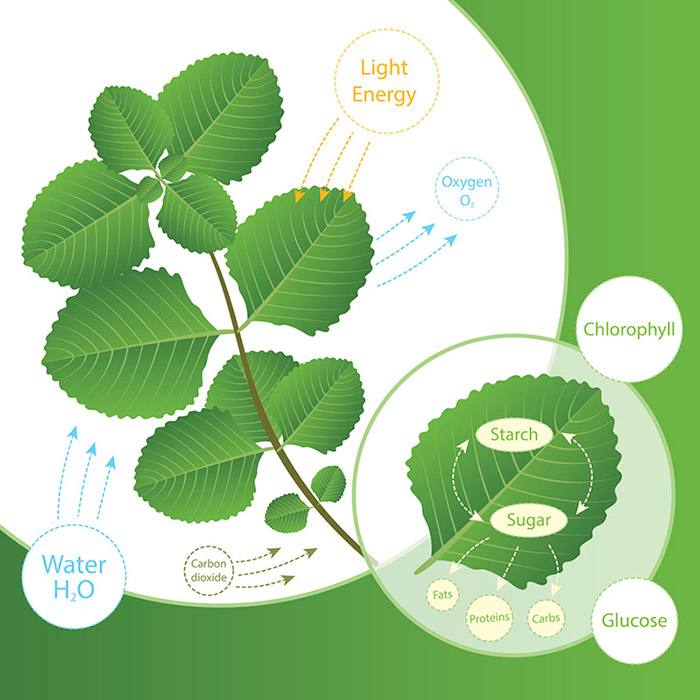Under osmotic stresses, plants can accumulate a wide range of osmotically active molecules/ions, including soluble sugars, proline, glycine betaine, organic acids, calcium, potassium, chloride ions, etc. And the starch content will reduce simultaneously. This process is known as osmotic adjustment, which is an important mechanism employed by plants to maintain plant-water relations.

Lifeasible is a plant biotechnology company featured in plant physiology analysis. We use the latest and most advanced technologies to analyze the content changes of soluble sugars and starches. Owing to our excellent group of professionals and Hi-Tech facilities, Lifeasible provides a wide range of methods for sugar content determination in plants.
- Colorimetric methods. Colorimetric methods are widely used techniques for total soluble sugar content estimation. Contents of soluble sugar are determined using standard sugar solution and are expressed as mg g-1 FW of samples.
- Anthrone-sulfuric acid method. Sugars can react with the anthrone reagent under acidic and boiled conditions to yield a blue-green color complex, which can be measured colorimetrically at 620 nm.
- Phenol-sulfuric acid method. This method is based on the principle that phenol and sulfuric acid can react with sugar to produce a yellow-orange color product, which can be detected spectrophotometrically at 485 nm.
- Gravimetric method. This method is suitable for the detection of reducing sugars. Carbohydrates can be oxidized in the presence of heat, copper sulfate and alkaline tartrate treatment, which under certain conditions can lead to the formation of a copper oxide precipitate. The concentration of precipitate present can be determined by filtration, drying and weighing.
- Titration method. The concentration of reducing sugars can be analyzed in a flask containing a known amount of boiling copper sulfate solution and a methylene blue indicator. Once all the copper sulfate in solution has reacted, the addition of reducing sugars can cause the indicator to change from blue to white.
- HPLC methods. HPLC methods are the most powerful analytical techniques for identification and quantificationof sugars. Two methods are widely used for sugar separation and quantification.
- High-performance Anion-exchange Chromatography-Tandem Mass Spectrometry (HPAEC - MS/MS) method. A broad spectrum of sugars can be analyzed by HPLC using reverse phase or anion-exchange columns with detection and quantification by MS/MS. HPAEC uses an alkaline eluent (e.g., KOH) to deprotonate one or more hydroxyl groups in the sugar molecule to generate anionic (i.e., charged) forms of the sugars (R–OH + OH− ⟶ R–O−+ H2O), allowing identification and quantification of sugars by MS/MS.
- Ion Chromatography- Pulsed Amperometric Detector (IC-PAD) method. After separation of sugar by IC, PAD can be used for detecting sugars. IC-PAD is a more sensitive and reliable method for sugar content analysis.
The starches can be digested by perchloric acid or enzymes (e.g., α-amylase and amyloglucosidase), and then quantified by the above described methods.
We will work closely with you to develop experimental methods tailored to your requirement. We pride ourselves on the high quality and short turnaround time of our services. If you have any question, please contact us anytime for assistance.
Our products/services are For Research Use Only. Not For Clinical Use!
